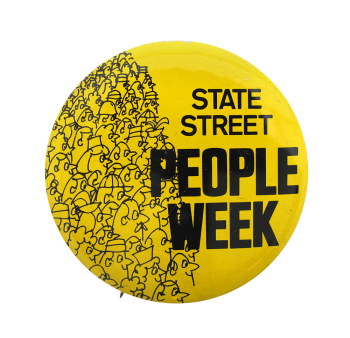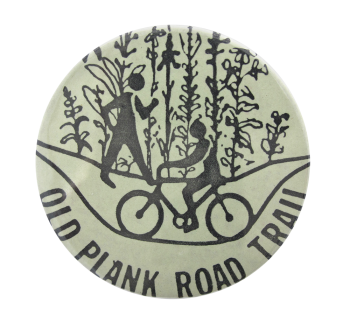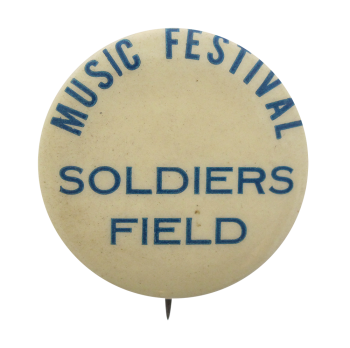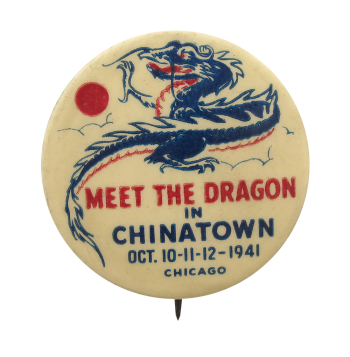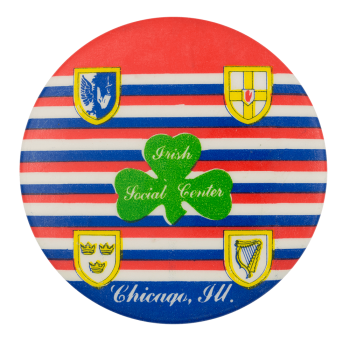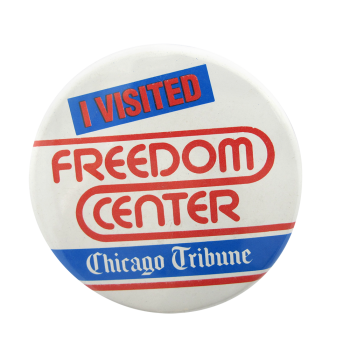State Street People Week
| Category | |
|---|---|
| Additional Images | |
| Sub Categories | |
| Text on Button | STATE STREET PEOPLE WEEK |
| Image Description | An abstract illustration of a crowd of people next to black text on a yellow background. |
| Back Style | |
| The Shape | |
| The Size | |
| Additional Information | The State Street "People Week" is a week long celebration where businesses on State Street in Chicago take part in events and a sidewalk sale. "People Week" started in the 1960s and was celebrated annually through the 1970s and on. The event celebrated the businesses and the Chicagoans who frequented them with music, events, magicians, puppet shows, and sponsored booths from around the city. |
| Sources |
Kirihara, Don (1974 July, 15). State street is people street this week. Chicago Tribune. p. 7. |
| Catalog ID | CH0066 |

